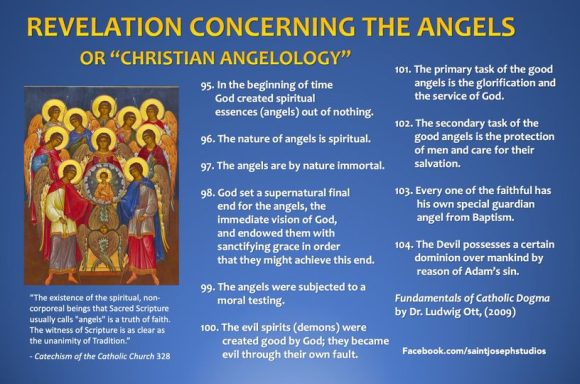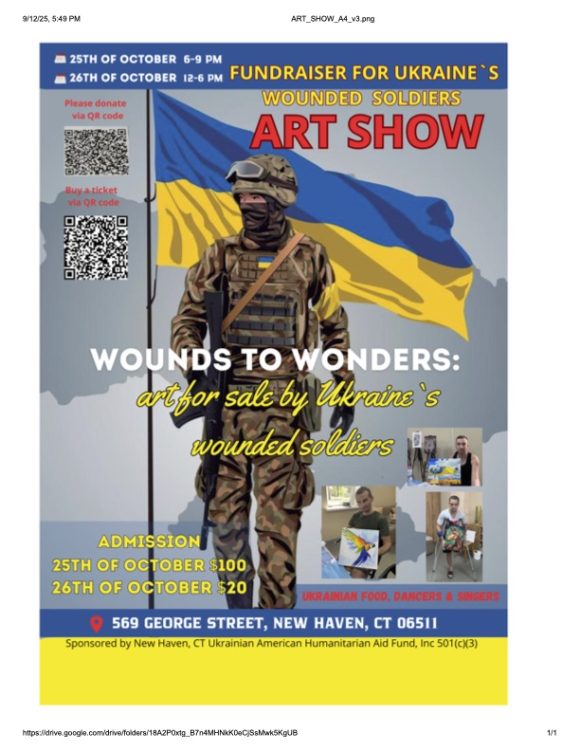Glory to Jesus Christ
Sunday, 11/16, 23rd Sunday after Pentecost
9:00 a.m. Special Intention
10:30 a.m. For the people of the parish
Epistle: Ephesians 2:4-10
Luke 10:25-37, Tone 6
Monday, 11/17, Holy Bishop Gregory of Neocaesarea
9:00 a.m. No particular intention for the Divine Liturgy today.
Tuesday, 11/18, Holy Martyrs Platon and Roman
9:00 a.m. No particular intention for the Divine Liturgy today.
Wednesday, 11/19, Holy Prophet Obadiah
9:00 a.m. No particular intention for the Divine Liturgy today.
Thursday, 11/20, Our Venerable Father Gregory and Blessed Josaphata
9:00 a.m. No particular intention for the Divine Liturgy today.
Friday, 11/21, The Entrance into the Temple of the Mother of God
9:00 a.m. +Emilia Dubno requested by Luba Dubno
Saturday, 11/22, Holy Apostle Philemon and those with Him
9:00 a.m. No particular intention for the Divine Liturgy today.
Sunday, 11/23, 24th Sunday after Pentecost
9:00 a.m. Special Intention
10:30 a.m. For the people of the parish
Epistle: Ephesians 2:14-22
Gospel: Luke 12:16-21, Tone 7




 Tomorrow, Wednesday, October 8, from 3 – 5 PM, at Buley Library on campus of Southern CT State University, Dr. Ulia Gosart, will give a presentation about “CHILDREN PAINT WAR, NOT FLOWERS”. Ulia is the originator of this project to help children displaced by the war in Ukraine to cope with the trauma they are experiencing. Ulia is from Cherkasy Region of Ukraine and currently is a professor at iSchool at San Jose State University.
Tomorrow, Wednesday, October 8, from 3 – 5 PM, at Buley Library on campus of Southern CT State University, Dr. Ulia Gosart, will give a presentation about “CHILDREN PAINT WAR, NOT FLOWERS”. Ulia is the originator of this project to help children displaced by the war in Ukraine to cope with the trauma they are experiencing. Ulia is from Cherkasy Region of Ukraine and currently is a professor at iSchool at San Jose State University.